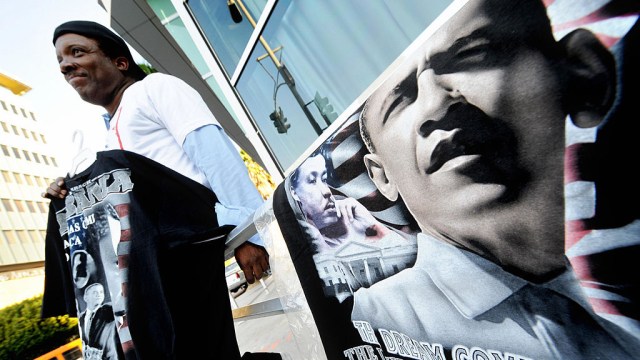The Astronaut Hopeful’s Manifesto
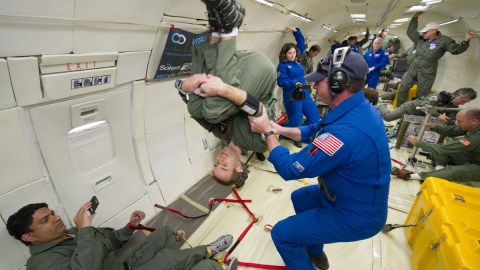
An Applicant’s Guide To NASA Astronaut Selection

This guest post was written by Brian Shiro: NOAA geophysicist, NASA researcher, and co-founder of Astronauts for Hire.
“I wasn’t destined to be an astronaut. I had to turn myself into one.”
–Chris Hadfield
I am an astronaut hopeful — one of thousands of people who somehow never outgrew our childhood dream of going to space. Anyone can hope to be an astronaut, but to be an “astronaut hopeful” one must make a commitment to the goal and proactively work towards becoming an astronaut. The road is long and the outcome is uncertain, but it is in trying to achieve this lofty ambition that we learn to become our best selves.
Astronauts train to be some of the most focused, resourceful, healthy and dependable people on the planet. Striving to be more like them can help any person to be more effective in life’s pursuits. Making the decision to do everything one can to actually become an astronaut means learning from astronaut role models and making incremental decisions throughout your life that get you closer to your dream.
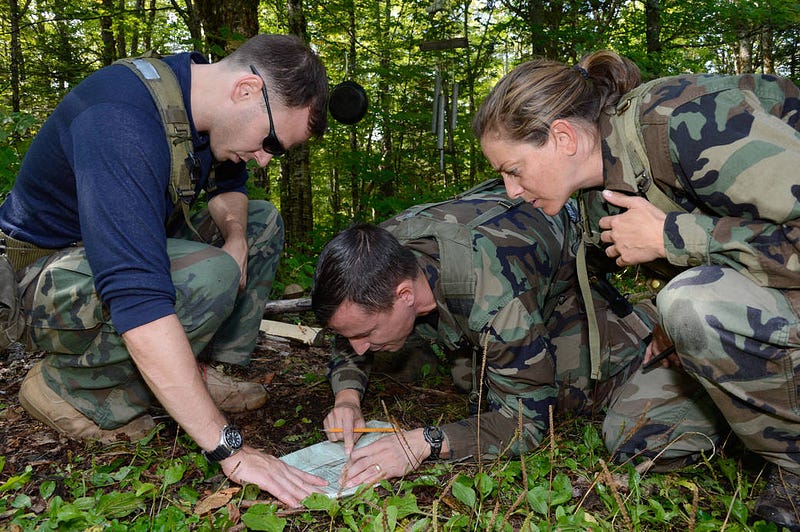
This week NASA began accepting applications to recruit another class of astronaut candidates (ASCAN’s). More than 6,300 people applied during the last opportunity, from which they chose eight new recruits. A 0.1% chance of selection makes the NASA ASCAN program more selective than almost any college or career. At least the odds are better than winning the lottery. You can improve your prospects through hard work and a bit of luck, but the only way to ensure you’re not chosen is by not applying at all.
For the fortunate ones who are chosen, though, it’s the realization of a lifelong dream.
Here are the eight top things that I learned over the years by interacting with astronauts and astronaut hopefuls.
1.) Clarify why you want to be an astronaut.
Since it takes a lifetime of preparation to become competitive as an astronaut candidate, your motivations may evolve as you get older. I suggest checking in with yourself from time to time to clarify why you want to be an astronaut. If the main reason is for the experience or the thrill of traveling in space, you might be better suited as a spaceflight participant rather than as a professional astronaut. There is nothing wrong with that.
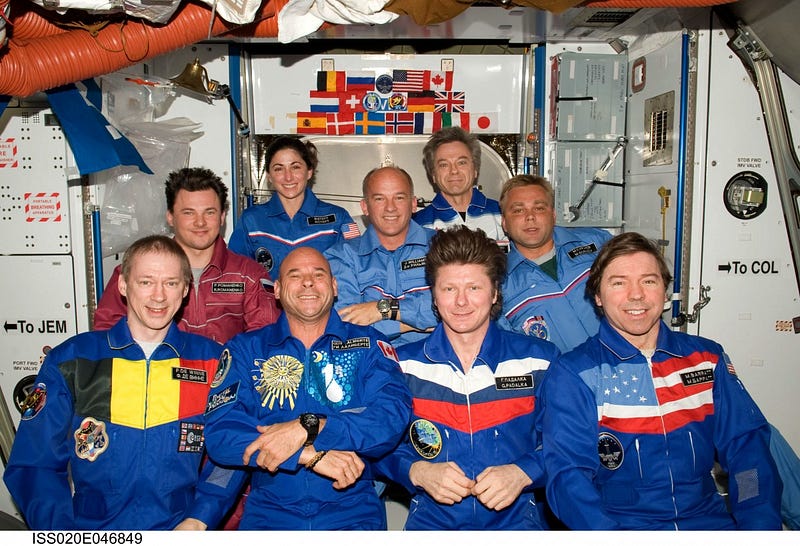
Serious astronaut hopefuls aspire to be professional astronauts, either with NASA or other agencies. They strive to achieve a level of ability akin to those of real astronauts, who train years for each mission. Astronaut hopefuls want to contribute in deeply meaningful ways to the advancement of space exploration and its many benefits to society. They want to inspire the next generation to build a better world. If this is closer to your reasons for wanting to be an astronaut, keep reading.
2.) Set realistic expectations.
Adjust your definition of success. If your goal is to be an astronaut, and you do not make it, you are setting yourself up for disappointment. The astronaut dream must always be your Plan B. Don’t sacrifice what you have today for what you might have tomorrow. Remember, the chances are very small that you will get selected as an astronaut and go to space. Although it does happen for a few, you can’t count on it; you must have realistic expectations for yourself.
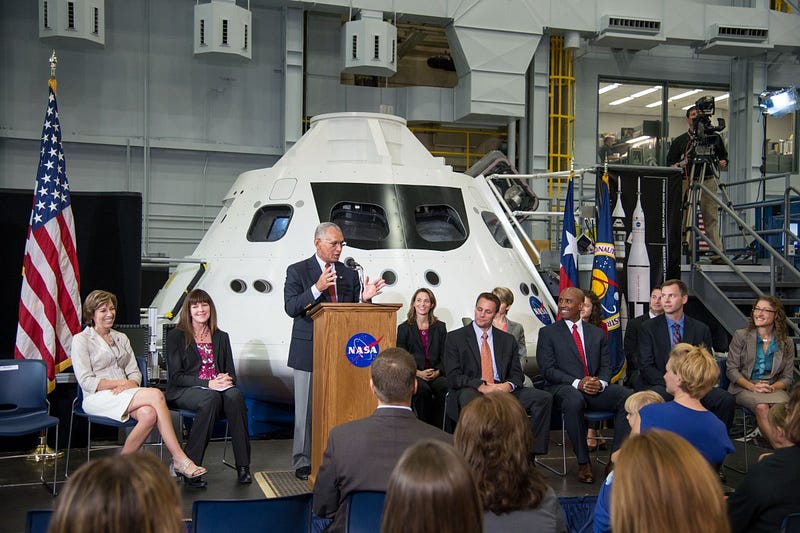
Be the best version of you that can be in your chosen career. That’s your Plan A. Be known as someone whom others can rely upon and make a positive impact to your field. The more you give, the more you will receive. If your career path eventually leads to down the path of becoming an astronaut, congratulations! If not, you can be proud that you are contributing in a meaningful way that makes you happy.
3.) Every decision counts.
Astronaut hopefuls play the long game when it comes to molding themselves into astronaut material. Some set their sights on the profession as young children and never lose site of the target. The trick is not to get obsessed with the outcome while still factoring your astronaut ambitions into your life decisions, such as what you study in school, what jobs you take, what you spend your spare time doing, whether you eat a donut or a salad, and more. Don’t drift through life; be intentional in your decisions.
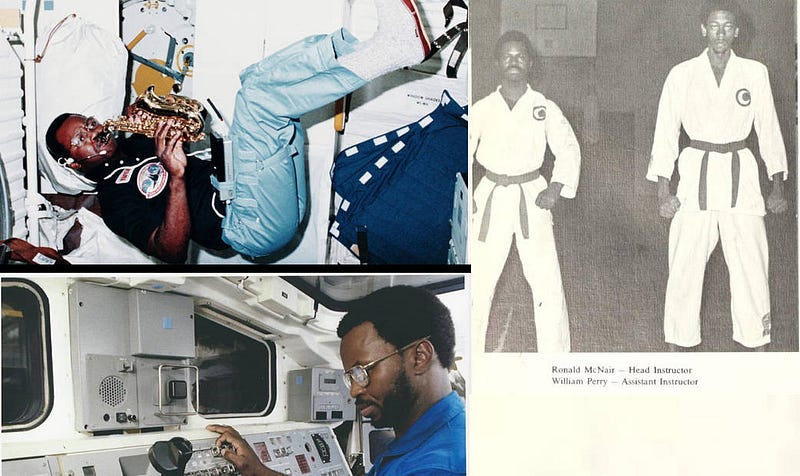
When in doubt, ask yourself, “what would an astronaut do?” Would they binge watch Netflix or read an engineering textbook? Even if you never make it to astronaut status, I’m willing to bet that this technique will help you be healthier, happier, and more productive in your life.
4.) Prepare your body and mind.
Space is an extreme environment, and your body must be in excellent condition to endure the challenges it will face there. You don’t have to be an Ironman to be an astronaut, but you should be reasonably athletic and healthy. Find a sport that you enjoy and practice it routinely. Eat well and get regular check-ups from your physician.
Astronauts are lifelong students and must be adaptable to changing situations. They are technical experts in at least one area of science, engineering, or aviation. You must demonstrate that you can master not only one or two fields but that you have the aptitude and motivation to learn new things too. So get out there and learn a new language, earn another degree, or start a new hobby today!
5.) Work well with others.
Teamwork is an essential element of being an astronaut. You rely upon your crewmates to ensure a safe and successful mission. NASA looks for socially compatible people who can tolerate living together in close quarters under stressful conditions. You can nurture this personality trait by participating in group projects at work, playing team sports, and by pursuing activities analogous to those astronauts perform on space missions. Would someone mind being trapped with you in a tin can circling the Earth or going to Mars?
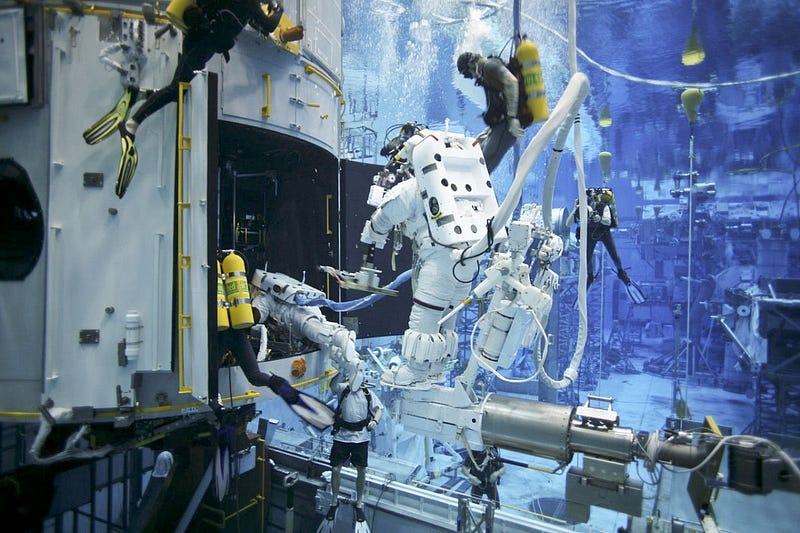
This image shows Hubble servicing Mission 4 astronauts practice on a Hubble model underwater at the Neutral Buoyancy Lab in Houston under the watchful eyes of NASA engineers and safety divers.
One type of experience that is particularly useful is Isolated and Confined Environment (ICE) experience. If you have been in the military, congratulations, you likely have this background in spades. If not, you can get ICE experience through activities like mountaineering, SCUBA, or piloting aircraft. These situations require you to use sound technical training, focus, and communications to ensure your safety in a potentially dangerous environment. You can also get involved with projects like NASA’s HI-SEASand HERA to gain higher fidelity ICE experience on simulated space missions.
6.) Meet people and learn from them.
Sometimes society snickers at adults who try to become astronauts, leading many to become “closet” astronaut hopefuls. It’s one of the reasons online communities like the Astronaut Hopefuls Yahoo and Facebook groups, as well as organizations like Astronauts for Hire, exist. They provide environments where aspiring astronauts can network together, learn from one another, and maybe get closer to achieving their dreams. If you can, I also suggest going to space conferences so you can stay in touch with the latest research and developments in the space industry, particularly if you work in another field.
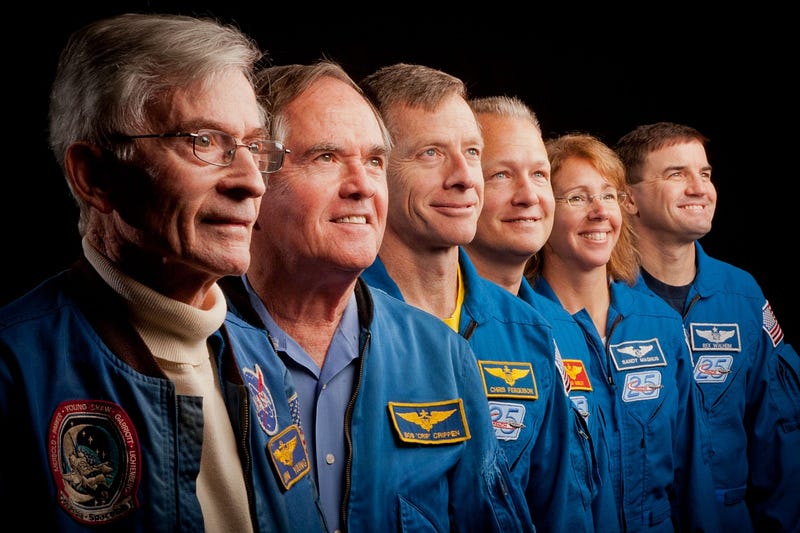
It’s been said that we are the average of the five people whom we are around the most. If you want to be an astronaut, I suggest getting to know some astronauts as well as some astronaut hopefuls so that you can all learn from one another. Since I first applied to NASA in 2008, I have met and learned from hundreds of fellow aspiring astronauts. Many of these relationships have led to new projects and collaboration opportunities that I never would have expected, like a simulated Mars mission in the Arctic and a parabolic microgravity research flight campaign.
7.) NASA isn’t the only path one can take to become an astronaut.
NASA has sought new astronaut candidates every four years during the past few selection opportunities. Selected ASCANs have ranged in age from 26 to 46 years, with 34 being the average. That means you have, at most, five application opportunities in your lifetime, with the three chances spanning your 30’s being your best shot. Make the most of each opportunity, but remember that NASA isn’t the only game in town.
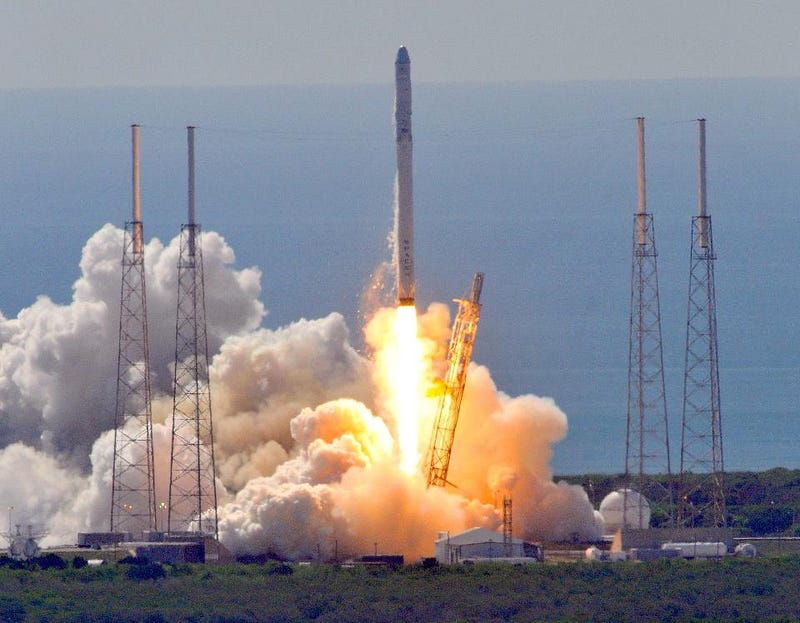
In the not-so-distant future, it may be easier to access space thanks for commercial spaceflight providers such as Virgin Galactic, Blue Origin, Worldview, and XCOR Aerospace. Many astronaut hopefuls are involved with projects to develop research and education missions for these platforms.Project PoSSUM is one great example. A new type of payload specialist astronaut will emerge in a few years offering expanded avenues for aspiring professional astronauts. It is an exciting time in both the government and private space sectors!
8.) Be authentic and enjoy the journey!
No matter what you do, be honest and straightforward on your astronaut applications. Get feedback if you can and never stop improving. Help others as much as you can along the way. True astronaut hopefuls collaborate rather than compete to expand opportunity and advance the greater good of expanding human access to space.
https://www.youtube.com/watch?v=61BGFknM8a4
I think pursuing my astronaut dream has made me a better person. Whether I actually every fly in space is secondary. What is important is that the journey allows me the chance to better myself, help others, and set an example for the next generation that is inspired by today’s astronauts.
Do you have the right stuff to #BeAnAstronaut?
Follow Brian Shiro on his website, and keep up with him on social media at Twitter, Facebook, and LinkedIn.
Leave your comments on our forum, help Starts With A Bang! deliver more rewards on Patreon, and order our first book, Beyond The Galaxy, today!





